More info
Find Travel Agents Near You
Port Moresby is the capital of Papua New Guinea (PNG) and its largest city. Positioned on the southeastern coast of the mainland, it serves as the country’s administrative and economic centre, as well as the main point of entry for international visitors.
As the capital of PNG, Port Moresby plays a vital role in national governance, trade, and diplomacy. It offers a mix of modern infrastructure and traditional culture, with government buildings, hotels, markets, and waterfront spaces alongside longstanding Motu-Koitabu villages.
Port Moresby is located on the southeastern coast of Papua New Guinea, within the National Capital District, overlooking the Gulf of Papua. As the capital and largest city of PNG, it sits roughly 840 km north of Cairns, Australia, and serves as the country’s political and economic centre.
Port Moresby is accessible via Jacksons International Airport (POM), located just 8 km from the city centre. It’s Papua New Guinea’s main international gateway and the busiest airport in the country.
Travellers can fly directly into Port Moresby from:
The airport also offers regular domestic connections to major destinations across PNG, including:
Taxis, hotel transfers, and hire cars are available for the short 15–20 minute drive into the city. Most major hotels offer airport pickup services for added convenience.
Port Moresby is the traditional land of the Motu-Koitabu people, who have lived along the southern coast of Papua New Guinea for centuries. The Motu are known for their Hiri trading voyages, where they navigated large lagatoi canoes westward to barter pottery for food. These traditions are still celebrated through festivals like the annual Hiri Moale Festival.
The city’s colonial history began in 1873 when British explorer Captain John Moresby named Fairfax Harbour after his father. The area became part of British New Guinea, later administered by Germany in the north and Australia in the south. After World War I, Australia governed the entire territory under a League of Nations mandate.
Port Moresby became the administrative centre and capital of an independent Papua New Guinea in 1975. Since then, the city has grown into the country’s political, cultural, and economic hub.
Three main languages are spoken in Port Moresby: English (official), Tok Pisin (widely used), and Motu (spoken by local communities). The city also reflects PNG’s broader cultural diversity, with residents from all 22 provinces contributing to its multicultural identity.
Modern cultural life blends traditional arts and performance with contemporary influences in music, fashion, and sport. Local galleries, dance groups, and handicraft markets showcase the evolving expression of PNG’s heritage in a rapidly developing capital.
As the capital city and gateway to Papua New Guinea, Port Moresby offers a mix of cultural, natural, and historical attractions. Whether you’re staying for a few days or passing through to other provinces, there’s plenty to see and experience.
See our article on all of the great things to do in Port Moresby
Gordons Market: the largest fresh produce market in the city, where vendors from across the Highlands and coastal areas sell fruit, vegetables, betel nut, and spices.
Monthly Craft Markets: Souvenir, arts, crafts, and general-purpose markets are held every month at popular locations such as the – Moresby Arts Theatre, National Museum & Art Gallery, Harbourside Precinct, Vision City Mega Mall, Royal Papua Yacht Club, and Holiday Inn. These markets showcase food, handmade jewellery, local fashion, carvings, textiles, and art by artisans from across Papua New Guinea.
Koki Fish Market: located on the waterfront, is known for its daily catch including snapper, tuna, mud crabs, and more.
Street food is part of daily life, with stalls offering items like fried sago, grilled fish, banana chips, and local doughnuts. Many residents rely on small markets and corner stores for daily essentials, creating a strong sense of neighbourhood connection.
Community rhythms are shaped by family, church, and work life. Weekends often revolve around church gatherings, family outings, or watching rugby league, PNG’s most beloved sport.
Port Moresby offers easy access to nearby natural escapes, perfect for day trips or short overnight stays. Whether you’re after rainforest walks, birdwatching, or coral reef snorkelling, there’s something within reach.
Varirata National Park: Just 45 minutes from the city, this forested park offers birdwatching, hiking trails, and panoramic views of the coast. It’s one of the best spots to see PNG’s birdlife, including the Raggiana bird-of-paradise.
Sogeri Plateau: Located at a higher altitude, this lush inland area offers a cooler climate and scenic countryside. A popular spot for picnics, walking trails, and visits to nearby waterfalls.
Loloata Island Resort: A short boat ride from the mainland, Loloata is ideal for snorkelling, scuba diving, or a relaxing day by the sea. The island is home to vibrant coral reefs and a boutique resort perfect for lunch or sunset drinks.
Safety and Travel Tips
Port Moresby is a vibrant city, but like many capitals, it’s important to stay aware and take common-sense precautions.
Safety: Avoid walking alone at night or in unfamiliar areas such as settlements or isolated roads. Stick to well-frequented places and travel with a local guide or tour operator where possible.
Transport: Use hotel-arranged transfers or trusted taxi services. Avoid using PMVs (public motor vehicles) unless accompanied by a local.
Health: Ensure your vaccinations are up to date (including Hepatitis A, Typhoid, and routine shots). Malaria is present, bring insect repellent and consider anti-malarial medication.
Culture & Language: Respect local customs and ask before taking photos of people. A friendly smile goes a long way. English is widely spoken, but learning a few Tok Pisin phrases like “Tenkyu tru” (Thank you very much) is appreciated.
Port Moresby offers more than just a gateway into Papua New Guinea — it’s a city full of contrasts, culture, and natural beauty. From bustling markets and historic landmarks to nearby escapes like Loloata Island and Varirata National Park, there’s plenty to discover.
Have questions or need help planning your trip? Contact our team for local insights, travel tips, and support to make the most out of your visit.
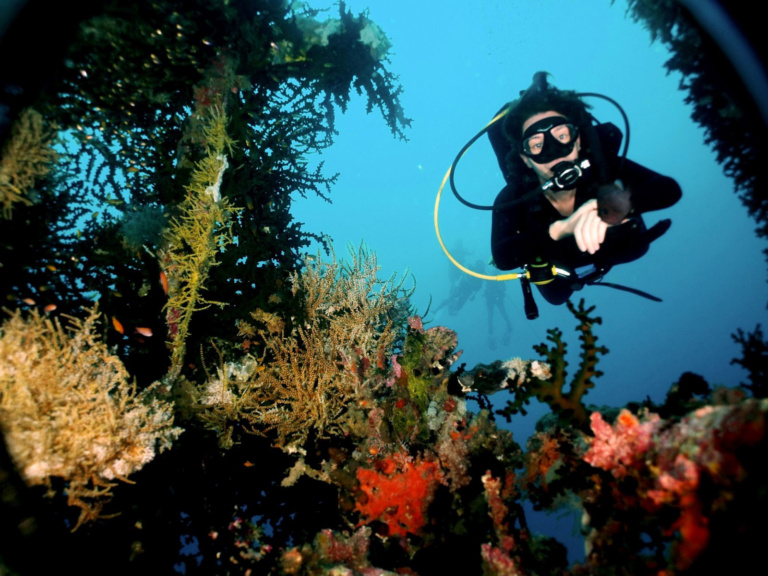
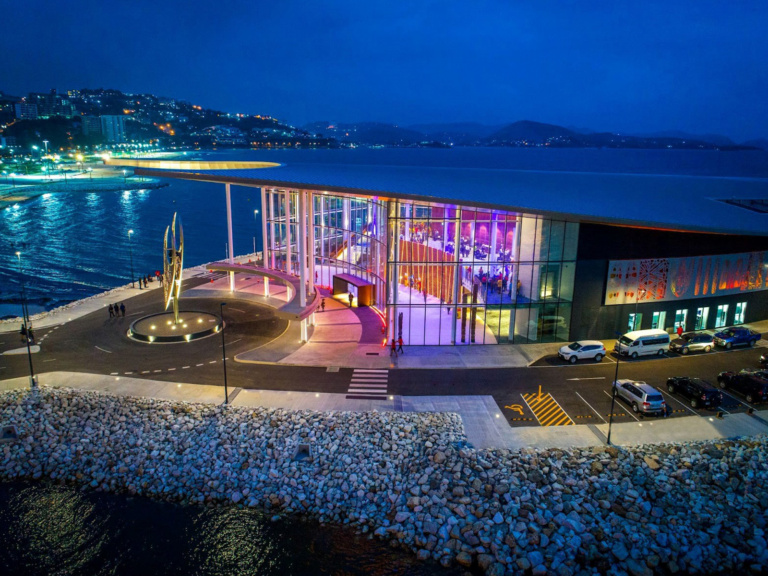
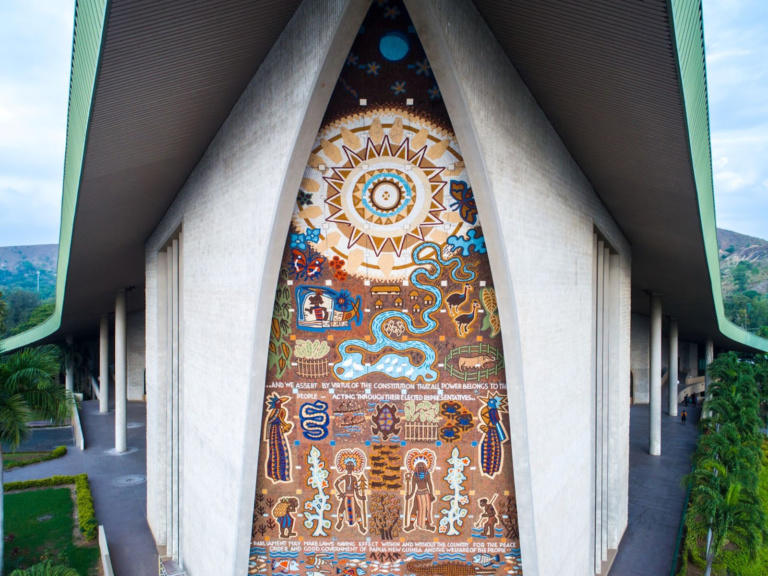


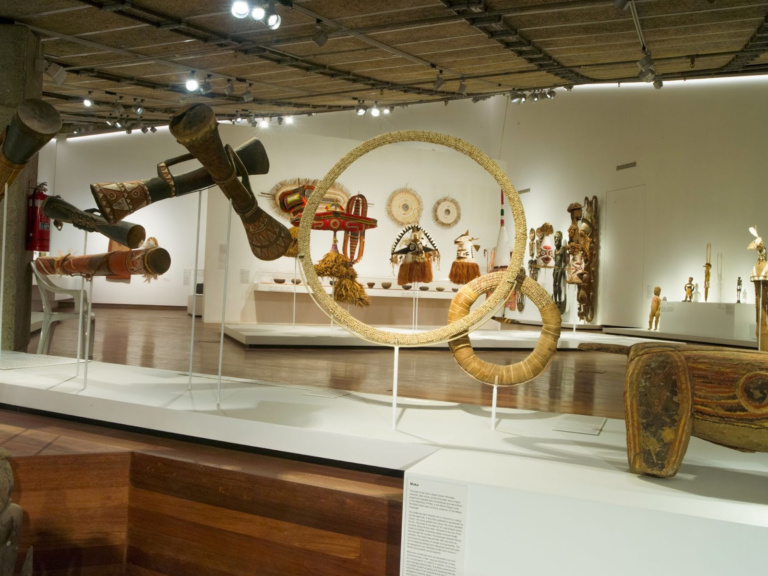
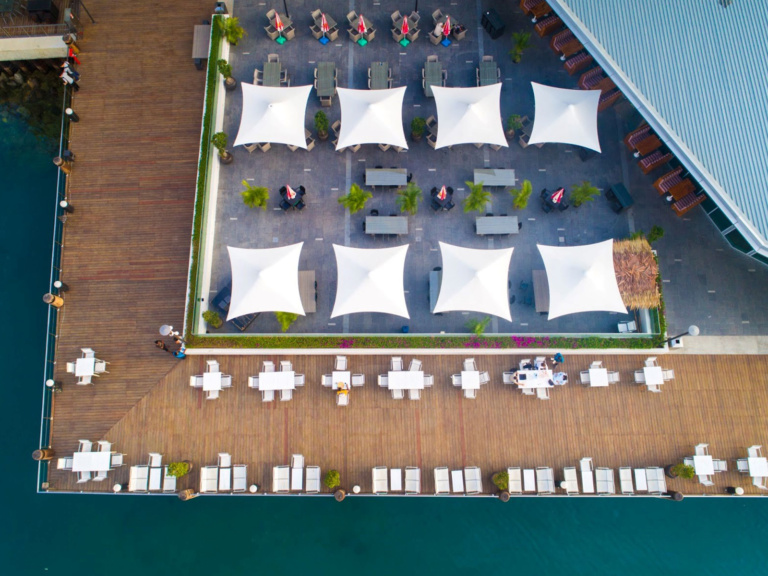
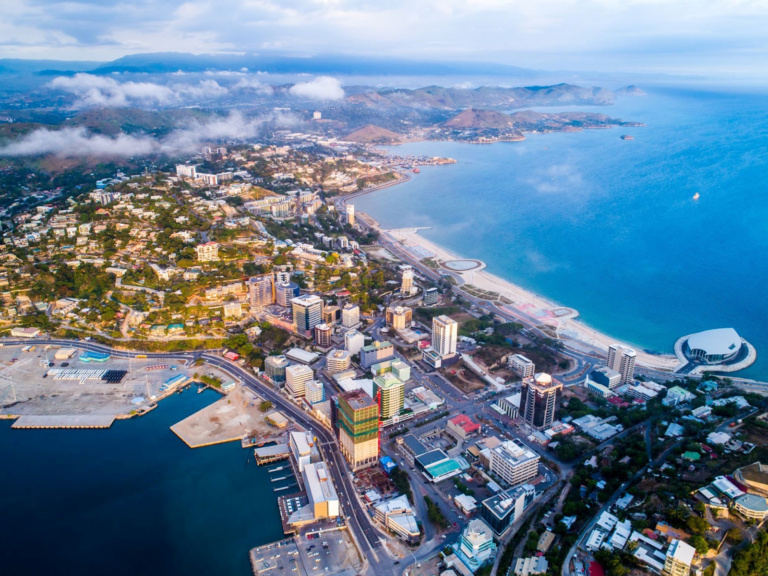
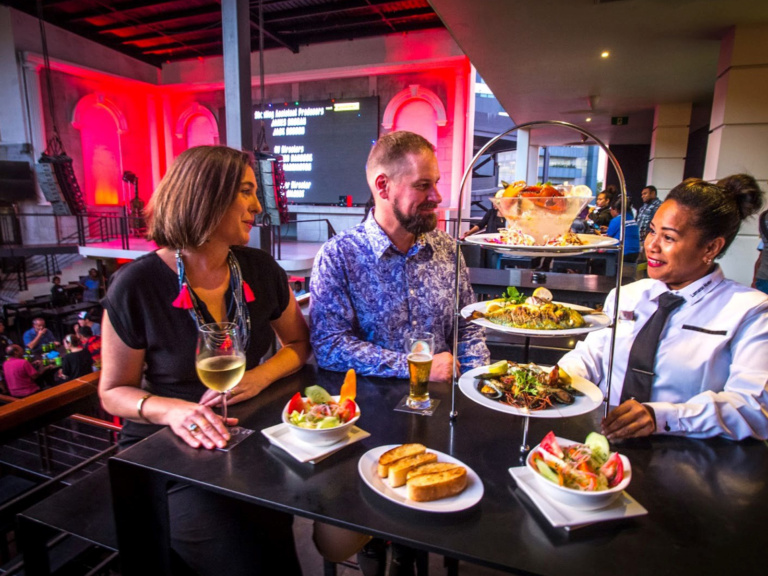

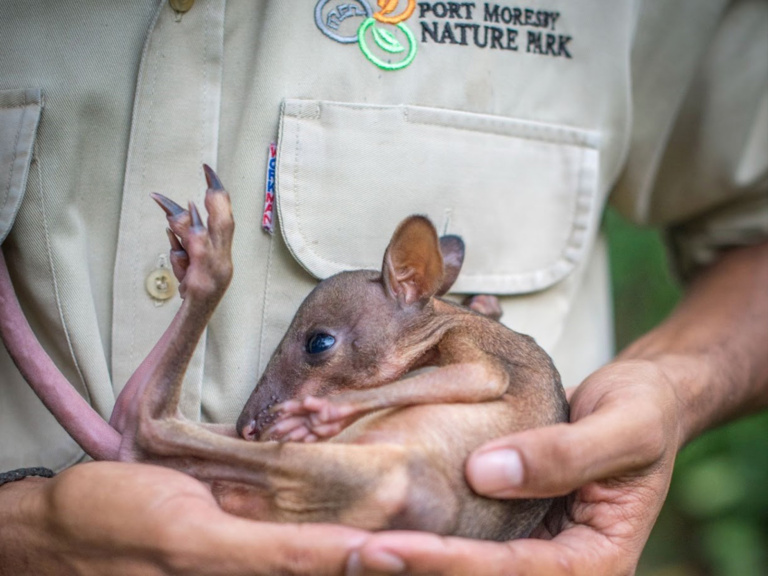
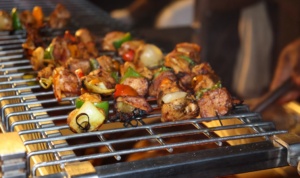


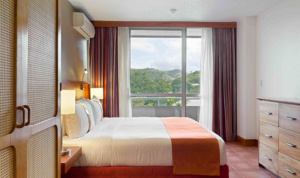
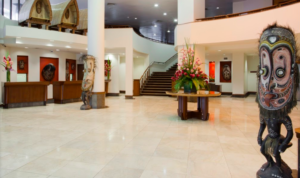
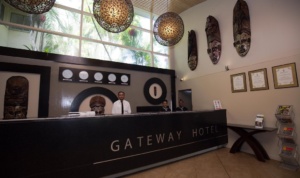
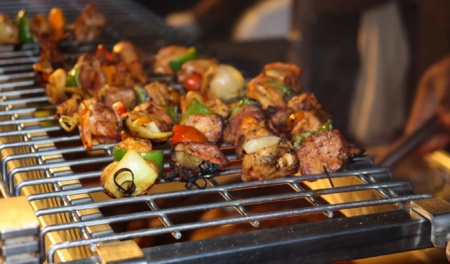

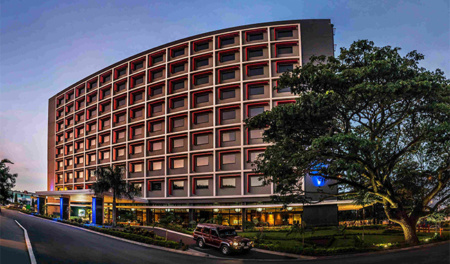















Our Western Province is unlike anywhere else in Papua New Guinea. This is the perfect destination for anglers, photographers and lovers of flora and fauna.
Explore our wide-open grasslands home to Rusa deer, wallabies and wild pigs. Spot crocodiles and lizards lingering patiently near riverbanks, and the flocks of wildfowl and ducks that seem to be flying across rivers on loop. This is where you’ll see two of the greatest rivers in the country, the Fly and the Strickland, run for almost their entire length through a single province.
The main town of Western Province on the small island of Daru, just off the coast is really the Wild Wild West. Once a busy pearl and beche-de-mer trading port, Daru is now the centre of a growing fishing industry. You’ll see crocodile skins from the province packed up and exported from here.
Domestic flights arrive directly into Daru from Port Moresby. You can access other parts of Western Province with third level airlines and charter planes.












Oro Province, also known as Northern Province, is a diverse region in northeastern Papua New Guinea. Known for its volcanic fjords, coral-rich coastlines, and rainforest-covered mountains, it supports a wide range of ecosystems and species, including Queen Alexandra’s birdwing, the largest butterfly in the world.
The region has strong historical ties, particularly to World War II. It’s the starting point of the Kokoda Track, a famous multi-day trek retracing a wartime route through the Owen Stanley Range. Coastal villages like Buna and Gona still hold relics and stories from this era.
Popondetta, the provincial capital, is the gateway to the region’s inland and coastal experiences. Travellers often begin their journey here before heading to Kokoda, visiting local communities, or exploring natural sites such as the fjords of Tufi.
Located between the Solomon Sea and the Owen Stanley Range, Oro Province spans approximately 22,800 square kilometres and has a population of approx. 186,000 people. The province is divided into two districts: Ijivitari and Sohe.
Its geography includes mangrove-lined coasts, lowland rainforests, coral reefs, and volcanic highlands. This ecological variety shapes the local way of life and supports nature-based tourism throughout the province.
Mount Lamington, an active volcano near Popondetta, remains a prominent natural feature and is part of the province’s environmental identity.
Popondetta is the capital of Oro Province in Papua New Guinea. It’s a relaxed, practical town that acts as the region’s main centre for government services, supplies, accommodation, and local markets. While it’s not a major tourist destination in itself, it plays a key role in supporting travel throughout the province.
The town is home to Girua Airport, which offers regular flights connecting Oro to Port Moresby. It also serves as the starting point for road travel to Kokoda Station, making it an essential hub for trekkers walking the historic Kokoda Track.
Located inland but not far from the coast, Popondetta sits against a scenic backdrop of forested highlands. From here, visitors can travel easily to the fjords of Tufi, coastal villages, or mountain communities deeper in the Owen Stanley Range.
The history of Oro Province is as layered as its landscapes. From the early 20th-century gold rush in the Yodda Valley to the intense World War II battles and the natural disaster that followed, the region has been shaped by both human and environmental events.
During World War II, Oro Province became a key battleground in the Pacific campaign. The Kokoda Track and the coastal villages of Buna and Gona saw fierce fighting between Japanese and Allied forces. Today, these sites are recognised for their historical significance, with memorials, preserved relics, and guided experiences helping visitors understand the events that unfolded there.
Not long after the war, the 1951 eruption of Mount Lamington devastated parts of the province, leading to the relocation of the capital to Popondetta. These historical chapters continue to influence the identity of the province, and many local communities pass down stories of wartime and recovery through oral history.
Oro Province, Papua New Guinea is accessible via daily flights from Port Moresby to Girua Airport in Popondetta. From there, public motor vehicles (PMVs) provide local transport to villages and key trekking points such as Kokoda.
To explore the coast and fjords, including remote destinations like Tufi, travellers can arrange charter boats or sea transfers. Local guides are highly recommended for those heading inland or off the main routes, especially for trekking and cultural experiences. Domestic charter flights are also available from Port Moresby via TropicAir. Guests staying at the renown Tufi Dive Resort usually travel by the TropicAir charter flight, which takes in magnificent aerial scenery over the Owen Stanley Ranges.
The dry season, from May to October, is the most popular time to visit Oro Province. Clearer weather makes trekking the Kokoda Track and snorkelling around Tufi’s coral reefs more accessible and enjoyable.
The rainy season, from November to April, brings lush greenery but may cause travel delays or limited access to remote areas. This period also aligns with cultural festivals and Kokoda memorial services, particularly around ANZAC Day in April, offering a meaningful time for history-focused travel.
Ready to experience the unique blend of history, culture, and natural beauty in Oro Province, Papua New Guinea? Start planning your trip with our regional map below.
Need help building your itinerary or learning more about what’s possible? Contact us directly, we’re here to help you make the most of your visit to PNG.
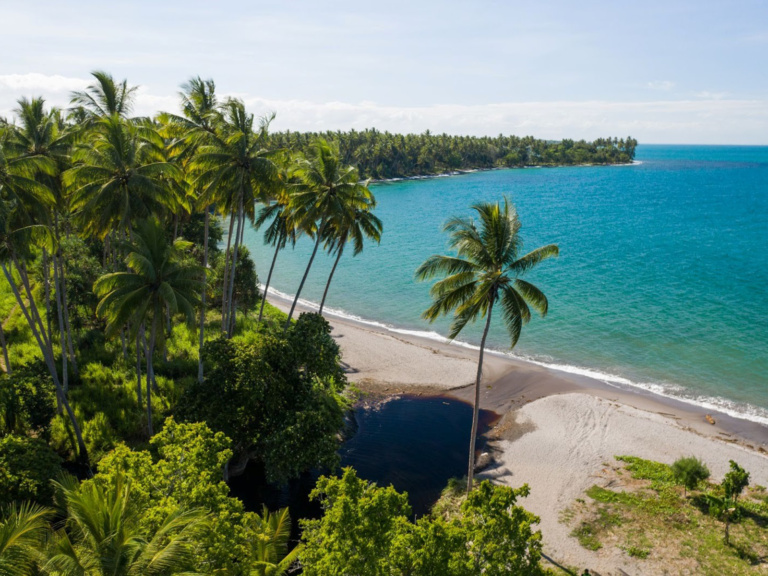
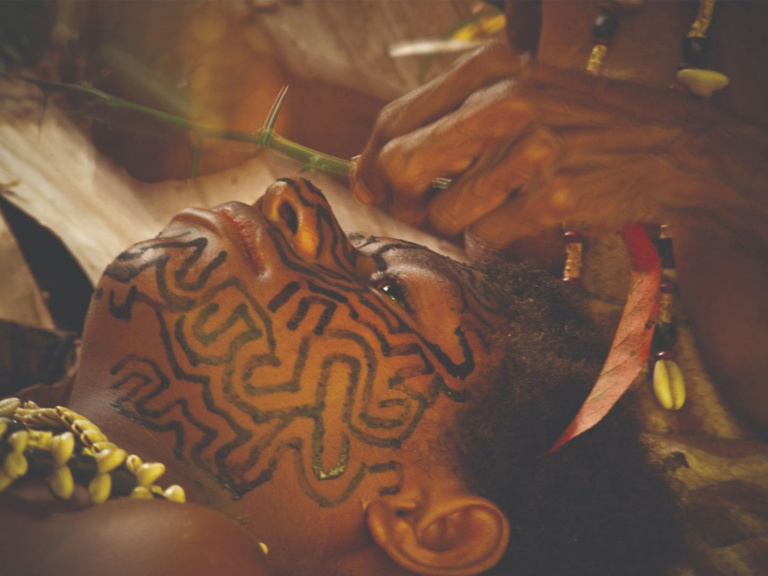


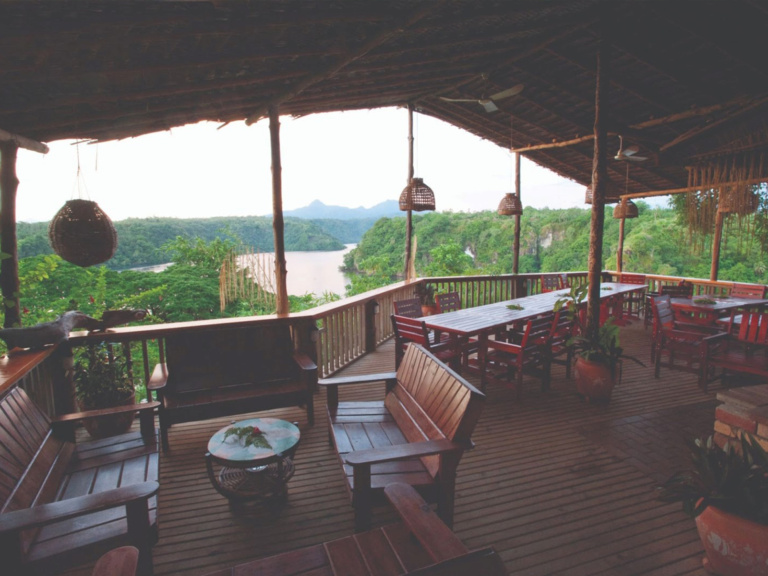
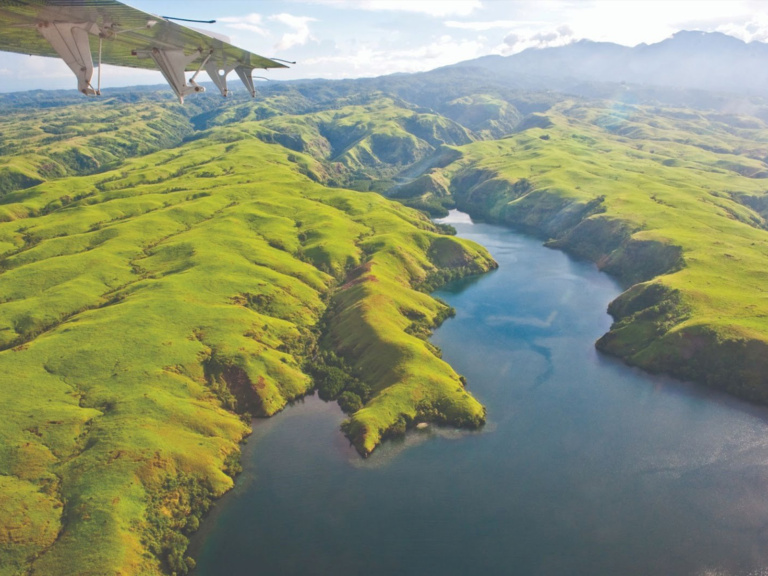


























Milne Bay Province is a culturally rich and ecologically diverse region located in the far southeast of Papua New Guinea. The province spans more than 160 named islands and over 500 cays and atolls. This makes Milne Bay Province one of the most expansive and marine-rich regions in the country.
Best known for its exceptional diving, Milne Bay’s underwater biodiversity attracts divers from around the world. Coral reefs, drop-offs, and WWII wrecks are easily accessible from the provincial capital, Alotau. The town also serves as the main base for liveaboard dive boats and small charter vessels, which run multi-day island-hopping itineraries across the surrounding island groups.
In addition to its marine life, Milne Bay Province Papua New Guinea is home to vibrant cultures, remote island communities, and important WWII historical sites, offering a mix of natural and cultural experiences in one of PNG’s most scenic coastal regions.
Milne Bay Province PNG lies at the southeastern tip of Papua New Guinea. It spans 14,345 square kilometres of land and over 250,000 square kilometres of ocean, making it one of the country’s largest provinces by total area. The province includes more than 600 islands, ranging from volcanic highlands to low-lying coral atolls.
Major island groups in Milne Bay include the Trobriand Islands, D’Entrecasteaux Islands, and the Louisiade Archipelago. Each group is distinct in culture and geography, with isolated communities, vibrant traditions, and some of PNG’s most pristine marine environments.
Milne Bay has an estimated population of around 276,000 people (based on the National Statistical Office data), spread across four administrative districts: Alotau, Esa’ala, Kiriwina-Goodenough, and Samarai-Murua. The provincial capital is Alotau, located on the mainland, which serves as the main entry point and administrative centre.
Alotau is the capital of Milne Bay Province Papua New Guinea and the region’s main transport and tourism hub. Located on the edge of a picturesque natural harbour, it offers easy access to the province’s many islands, dive sites, and cultural experiences.
As the primary entry point, Alotau connects travellers to liveaboard dive boats, inter-island ferries, and charter tours. Jacksons International Airport in Port Moresby offers daily flights to Gurney Airport, just 12km from town.
The town itself is peaceful and welcoming, with a scenic waterfront, palm-lined streets, and views across Milne Bay. Local markets sell fresh tropical produce, seafood, and handcrafted goods, while guesthouses and hotels cater to travellers seeking both comfort and convenience.
Alotau also has a deep historical legacy. It was the site of the Battle of Milne Bay in 1942, the first land battle in the Pacific campaign where Allied forces defeated Japanese troops. Today, visitors can explore war memorials, local museums, and cultural displays that reflect the town’s role in World War II.
A highlight on the calendar is the Kenu and Kundu Festival, held annually in Alotau. This vibrant event celebrates the traditional maritime culture of the Milne Bay people – from the ancient Kula trade routes and voyaging multihulled canoes to war canoes (kenu) and hourglass-shaped drums (kundu). Ceremonial races, dancing, and storytelling bring this proud local heritage to life.
Whether you’re passing through on a diving trip or staying longer to explore the mainland and nearby islands, Alotau is the ideal starting point for any journey through Milne Bay Province Papua New Guinea.
Milne Bay Province offers a mix of marine adventure, cultural immersion, and historical discovery. Here are some of the top things to do:
Milne Bay Province is one of Papua New Guinea’s most culturally diverse regions, with strong ties to traditional seafaring, storytelling, and ceremonial life. Communities here maintain close connections to land and ocean, with customs that reflect centuries of navigation, fishing, and inter-island trade.
The province is home to around 48 distinct languages, including widely spoken ones like Suau, Dobu, Misima-Paneati, Mailu, and Yabem. Most residents speak Tok Pisin and English as additional languages, particularly in urban areas like Alotau.
Local traditions remain strong across the Trobriand, Louisiade, and D’Entrecasteaux Islands. Visitors can experience:
Many community-run tours offer direct insight into daily life, including village stays, cultural demonstrations, and food preparation using locally grown ingredients.
Interested in learning more?
Milne Bay Province is accessible by daily flights from Port Moresby to Alotau’s Gurney Airport, operated by Air Niugini and PNG Air. Upon arrival, visitors can take a hotel shuttle, taxi, or PMV (Public Motor Vehicle) to the Alotau town centre.
For inter-island travel, options include:
The best time to visit Milne Bay is from May to October, during the dry season. These months offer:
Start planning your trip to Milne Bay Province with our interactive map, highlighting key attractions, dive resorts, and remote island destinations. Whether you’re after a liveaboard diving expedition, a cultural village stay, or a multi-island eco-tour, Milne Bay offers unforgettable travel experiences.
Browse accommodation options, connect with local tour operators, and discover the best times and places to visit. For help creating your itinerary or to learn more about what’s possible, contact us directly – we’re here to help you make the most of your Milne Bay journey.


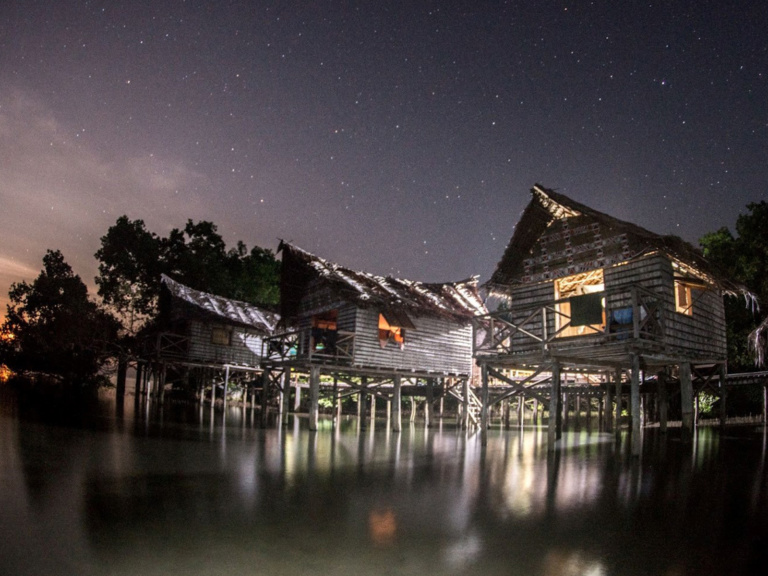
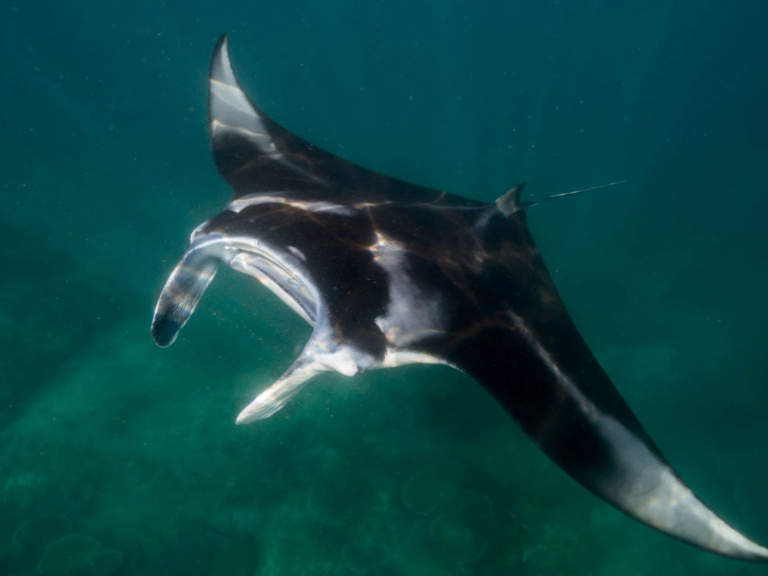

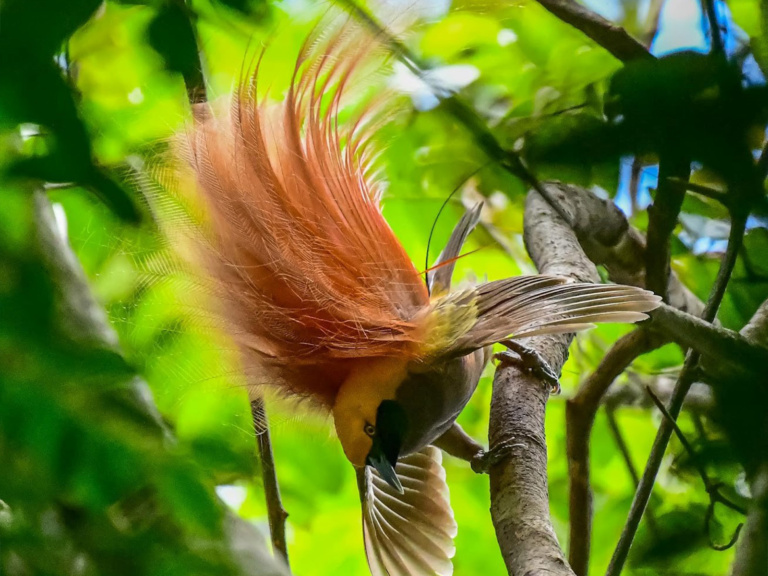

























The Gulf province, located on the southern coast of Papua New Guinea, is a long way off the beaten track and tourism facilities entail simple guesthouses and village stays. If you’re a keen angler or canoeist you’ll be in your element, and for the land lovers, bushwalking expeditions in the Gulf retrace the journeys of earlier explorers such as a route that follows an early 1900s gold exploration track.
From Port Moresby, travel west on the Hiritano Highway through Central province to Kerema. The 300km drive takes approximately 4 hours by road.












Central Province envelops our National Capital District making its many attractions and adventures the most accessible in the country. Hear the Birds-of-Paradise chatter in the Varirata National Park canopies, witness the sprawling plains rise into mountain ridges and plateaus, float in crystal-clear rivers off the beaten track, and explore the many beaches and islands with a local guide.
International flights arrive directly into the Port Moresby International Airport from a number of transit hubs in the Asia-Pacific region. From the airport, three main highways will take you out of the National Capital District and into Central Province: travel west on the Hiritano Highway, east on the Magi Highway and north on Sogeri Road.












If you’re looking for a place near the sea to go off the grid, this is it. The beaches in town are effortlessly superb, and offshore, Narimo Island is a great picnic spot. You can hire a boat for the day from West Deco village near the main wharf. Pack your picnic lunch and plenty water beforehand.
The distinctive artefacts from Sandaun include painted canoes of Sissano Lagoon and large shields from the Telefomin district. The shields have broad zigzag, spiral or V designs that represent their ancestors’ bodies.
Domestic flights arrive from Port Moresby via Wewak. From the airport, your hotel will collect you in a shuttle.
Cross the international border from Irian Jaya on foot then take a PMV into Vanimo. You will need your passport and a visa to process through immigration before you enter Papua New Guinea.












You’ll be surprised by Papua New Guinea’s second-largest city, Lae. Enjoy modern conveniences and comfort, right on nature’s doorstep. Explore the markets, war history, water activities, islands, caves, forest habitat, and much more in this coastal city and its surrounds.
Domestic flights arrive directly into the Lae airport from Port Moresby daily. From the Highlands region, hire a car and drive 300km down the Okuk Highway; the highway journey takes 5-6 hours.












Grab your towel and hat and head off to Kranket and Siar Islands, two of the most popular spots for swimming in the still blue waters. Every Province in Papua New Guinea claims to be the most excellent location for divers, but Madang boasts offshore volcanic islands and coral gardens with superb visibility. Top off your stay with a visit to the Kalibobo Lighthouse, an iconic Coastwatcher’s memorial.
Domestic flights arrive directly into the Madang airport from Port Moresby daily. Your hotel will provide airport transfers for your convenience. Madang town is 12km away.












Immerse yourself in the timeless history of the Sepik people and our exotic folklore of this fascinating area. Enjoy Wewak’s palm-fringed beaches and dreamy sunsets. Feast on the giant river prawns available at Talio Lodge or the crocodile curry from the Boutique Hotel. Take a boat to Kairuru Island and enjoy the waterfalls snorkelling and natural hot springs. Top off your stay in East Sepik with a day trip or overnight expedition on the mighty Sepik River where you will see a strong influence of the crocodile in everyday life.
Domestic flights arrive in Wewak from Port Moresby daily. With 32 airstrips, much of East Sepik is accessible by air. Wewak also boasts a pier for overseas and costal shipping. An unsealed national highway connects Wewak to Vanimo along the west coast.












Thank you for submitting your proposal for the Visital Arrival System (VAS) Upgrade! We will take a look at your submission, and should you be successful, we will contact you.
However, if you do not hear from us, please consider your submission as unsuccessful.
Kind regards,
The Papua New Guinea Tourism Promotion Authority

Thank you for submitting your business form. We will have our team look over the details and then contact you once we have added your details to our website.